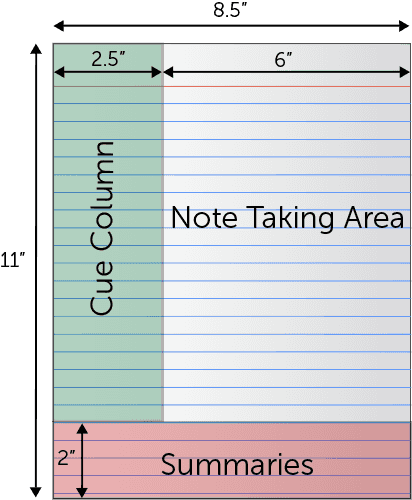We all strive to get better notes, whether they are of our own or those of our fellow classmates. Properly taken notes don’t just feel good to study from, but also help us remember and learn better.
Are you someone who struggles to gather the right notes just before exam time? Do you wish you were more organized and self-reliant?
Don’t worry! In this article, we will cover everything about taking notes, right from structuring to making them more visually appealing.

Tip # 1 Structuring the content
Though it might feel satisfying to add maximum points to your notes, it might not really prove useful when revising. So, it is very important that your notes are properly structured. By this, we mean they need to be concise and properly mapped.
To do this, start by structuring your notes based on the table of content in your textbook. Then, start breaking down each chapter into topics. Having this kind of structure will help you locate any particular topic easily, and also help in retaining visual memories of the content.
Rather than occupying an entire page as it is, it is more efficient to use a proper layout to write down different points. For example, use the Cornell Note Taking Method which has 3 sections: main notes, key points/questions (cue column), and summary. This will help in having more visually structured notes.

Do you think your notes are so lengthy that they can almost match the amount of content in your textbook? Do you then wonder what exactly to write in your notes and what to omit?
Well, the right approach is to have your notes as an amalgamation of the information you are receiving and your own understanding out of it. Include points that are repeated or emphasized by your teachers.
You can also add points related to questions you find in previous year papers or in practice question sets. This will also help you when you are revising just before your exams.
Tip # 3 Adding visual elements
As is commonly known, our visual memories are much faster and stronger than our regular memories. So, the next time you are taking notes, don’t forget to add those neat diagrams and mind maps to your text content.
You can also add colours and sticky notes to enhance the visual appeal of your notes. These elements will not only help you understand things better but also help you in your retention ability.

An important element of making more effective notes is to have a key page that acts as a guide to the extensive notes ahead.
The key page at the beginning of a major chapter or topic should contain things such as abbreviations, symbols, color codes that will not only help you refer to your notes better but also reduce the time you need to take notes in a class.
Tip # 5 Summary page
Last but not least, a summary page after each major chapter or topic will save you a lot of time while revising before exams.
The summary page should contain the very important points, cues, and formulae that will help you visualize all the content you need to revise.
So, what are the benefits of taking and maintaining proper notes?
- Improved retention
- Better comprehension
- Self-reliance
- Boosts creativity and organization skills
- Increased alertness
Your teachers and books can teach you, but no one can do the learning for you. Organized and beautiful notes help us get better in this learning process.
Which of the above tips would you like to implement in your study routine? Do let us know in the comments below.

